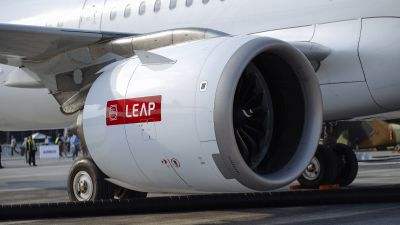At a Capital Markets Day on 29th November, Safran presented its strategic and financial ambitions for the coming years.
Positioned today as the second worldwide Aerospace Equipment supplier, Safran declared that its ambition is to become the world leader in the next 15 years, by becoming more competitive and playing a leading role in equipment for more electrical aircraft.
Safran's ambition is to remain a full-fledged engine manufacturer and a key player in the future of propulsion by investing in new technologies, while capturing the aftermarket upside through its large installed base of civil engines.
The company says the acquisition of Zodiac Aerospace will reinforce Safran's Electronics & Defense /Electrical & Power activities and fill out the Aerosystems' portfolio. In Aircraft Interiors, Safran's priority is to turn around performance and to rebuild customer confidence in order to reach former profitability levels. CEO Philippe Petitcolin said the integration of Zodiac was well underway.
The company says it is targeting: organic revenue growth in a mid-single digit range on average over the 2019-2022 period, including civil aftermarket growing in a high single digit range; recurring operating income margin trending to a 16-18% range by 2022; and trong cash generation driven by a 50% increase in EBITDA between 2018 and 2022.
Safran's operating margin targets for 2022 are: above 20% for Propulsion; above 16% for Equipment; above 10% for Defense; and around 15% for former Zodiac Aerospace activities including all synergies accounted for in other Safran businesses (or 13% excluding part of the synergies accounted for in other businesses).
In terms of innovation, Safran says it is already well advanced in preparing the future to embark on next-generation Aerospace & Defense programmes. Key areas of focus are:
-
improving aerospace propulsion efficiency,
-
leading the way towards the more electric aircraft,
-
driving innovation for the connected cabin,
-
making additive manufacturing a broad-based industrial reality.

